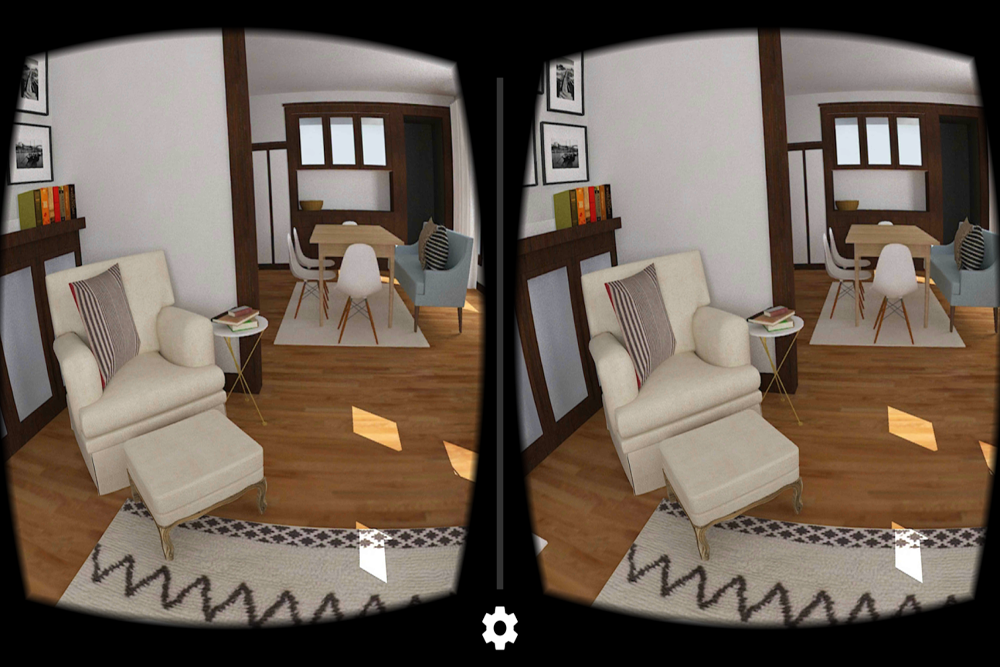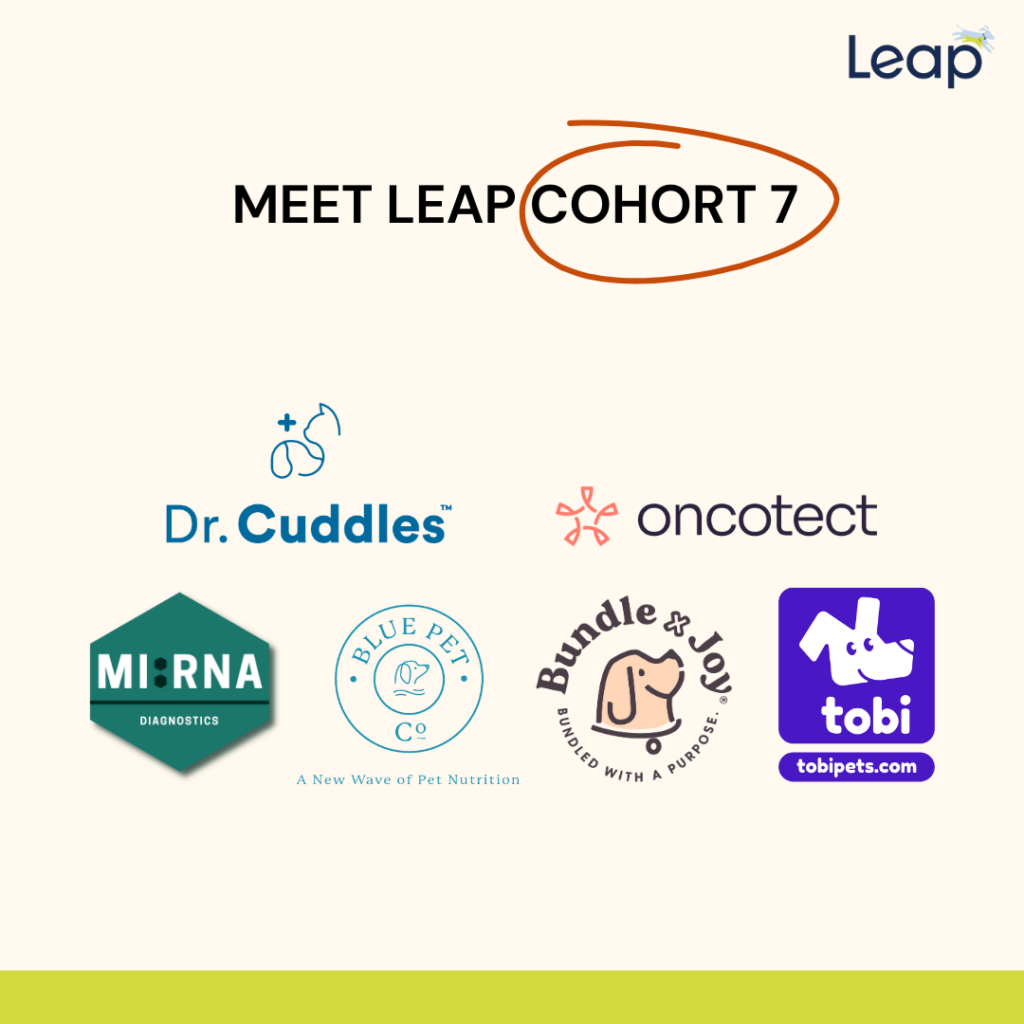Editor’s Note: This is a new Q&A series from StartUp Beat that features entrepreneurs who have successfully guided their startups (or multiple startups) to maturity. It is a complement to StartUp Beat’s coverage of early-stage startups and an effort to provide further insight into the experiences of tech entrepreneurs.
 Zephrin Lasker is the co-founder and CEO of Pontiflex. A serial entrepreneur, Zephrin successfully launched two start-ups prior to Pontiflex: The North Road Group, an interactive agency, and Beautility, an e-commerce company. He also worked as Vice President of Business Development at i33 Communications and at Commerce One Global Services, managing Sprint’s new web initiatives. He has helped clients such as Cendant, EarthLink and eFax start relationships with more than 8 million customers.
Zephrin Lasker is the co-founder and CEO of Pontiflex. A serial entrepreneur, Zephrin successfully launched two start-ups prior to Pontiflex: The North Road Group, an interactive agency, and Beautility, an e-commerce company. He also worked as Vice President of Business Development at i33 Communications and at Commerce One Global Services, managing Sprint’s new web initiatives. He has helped clients such as Cendant, EarthLink and eFax start relationships with more than 8 million customers.
Back in the day: Zephrin has a finance background, and worked for Dresdner Kleinwort Benson in mergers and acquisitions. He began his career as an Equity Analyst at Creditanstalt in Prague.
SUB: What was your first entrepreneurial venture?
Lasker: I launched two start-ups prior to Pontiflex: The North Road Group, an interactive agency, and Beautility.com, an e-commerce company.
SUB: What prompted you to start Pontiflex? What was the inspiration behind the venture?
Lasker: Roshan Bangera, Geoff Grauer and I founded Pontiflex in 2008 because we wanted to start a technology company that helps make advertising relevant and useful, not intrusive and annoying. The initial idea was almost like PayPal for user data. Most online ads just take you to an advertisers’ site once you click on an ad. Those are what we call redirect ads. DoubleClick built a pipe for redirect ads. That is a well-understood, defined space with a solid infrastructure.
However, before us, there was no easy way to transfer data. People had tried XML but did not get broad enough adoption to solve the issue. We saw an opportunity for an advertising ecosystem oriented around user data. It is important to note that it needs to be 100 percent opt-in user data.
If a user is using a mobile application or website and sees one of our signup ads and opts in (meaning they type in some information into that ad) then that data must be sent from the publisher’s site to the advertiser. And the reality is that our ads are loading on tens of thousands of different publishers every minute. All of that data needs to be collated and delivered in real time to allow for rapid follow-up by the advertiser.
Our platform has processed over 45 million signups since we launched two years ago. That is rapidly increasing as we scale out into mobile. Our solution lets marketing folks worry about marketing and not technology. They don’t need to have various tech teams make their own custom, integrated solutions. They can just focus on getting new users and turning them into customers, fans, followers, etc.
SUB: Was there a point at which you knew Pontiflex would hit it big?
Lasker: Whether it’s Facebook, Linkedin or Living Social, it’s the user-focused companies that are prospering in this new social world. This year, more than three times the number of people will use the Pontiflex signup ads platform as compared to say, Foursquare. As more advertisers and app developers adopt the Pontiflex platform, we’ll continue to grow. The need in the marketplace for a way to do what we do via mobile has been a huge catalyst.
SUB: Was there a “tipping point” when Pontiflex really picked up steam and where it started growing exponentially?
Lasker: Since our start, we’ve seen tremendous growth, but the rapid adoption of smartphones and tablets has caused explosive growth for Pontiflex. Mobile is becoming a major market for us. We’ve had 45 million signups to date with over 30 percent now coming from mobile. That number should double by year-end.
SUB: What were the first steps you took in establishing Pontiflex?
Lasker: We bootstrapped for two years to show proof of concept and learn what the market really needed. Bootstrapping is great because the market really is the best teacher. Thought experiments have their place, but they can be deadly if used as the sole method of product envisioning. Especially in an expensive city like NYC, if you can survive and start out by bootstrapping it shows you have a business model, at least. It also sets your DNA for lean and focused execution.
We eventually raised venture capital. Our first round was in 2008, and the economic weather was bad. Now things are much different, thankfully.
SUB: If you had it to do over again, what would the first concrete step to establishing Pontiflex have been?
Lasker: We wouldn’t change anything. Really. From the very start we made a decision to be a technology company with a user-focus. Being a technology company has always been our goal—which is rare (or was) for a NYC-based startup. But, it’s critical to scale, sustainability and culture.
SUB: What were the most significant obstacles to growing Pontiflex to maturity?
Lasker: Over the past few years, we’ve seen a fundamental shift in the online advertising landscape—from impression-focused advertising to people-focused advertising. Marketers don’t want to buy just impressions—rather, they want to connect with real people, so that they can speak to them in a meaningful and relevant way. But it wasn’t always that way.
Google helped move the market from impressions to clicks, and signup ads will help take this evolution to actual users. As with any disruptive technology, our biggest challenge initially was to educate the market that there was a new way of doing advertising. Today, over 300 brands and thousands of app developers work with us. They are telling our story for us, so market education has been less of a challenge.
SUB: What kinds of outside funding have you raised?
Lasker: We have raised $14 million, and we have generated about twice that much revenue since launch. We are profitable month-to-month, but we will be investing a lot in the business this year. We may take on a bit more capital because there is such a big opportunity ahead of us. There has also been a lot of M&A interest, but we’re having fun and just getting started so we have no plans to sell.
SUB: During your experience building Pontiflex, what was the metric/milestone that indicated to you that the company had moved past startup stage?
Lasker: We are still a start-up. And, we don’t want to stop doing business the way a start-up does. We still have the ability to be flexible, to innovate, and we move quickly—very quickly. Granted, many start-ups in the early stages aren’t generating revenue. We’ve moved past that phase. Overall, I think the most important milestone was when we crossed the 30 million user mark, that’s a big number. You start to realize “wow, this is getting pretty big.”
SUB: What were the most important lessons you have learned about entrepreneurship?
Lasker: I think part of being an entrepreneur is never fitting in. I never fit in at any of my jobs, and as such was forced to create my own. It means that we, as entrepreneurs, make up a lot of things as we go, and that I believe is a big part of our success.
Everyone says it, but people truly are your only real competitive advantage. To honor that belief, we’ve aimed to create a culture where the development of the company is in many ways secondary to the development of the people who work here. We consider the happiness of our team to be as important as generating revenue. Ultimately, the circle is a loop and happy employees create success for the company.
We’ve won lots of awards—Always On, Inc 500, and others—but the one I am proudest of is winning the Crain’s Best Places to Work in NYC award.









